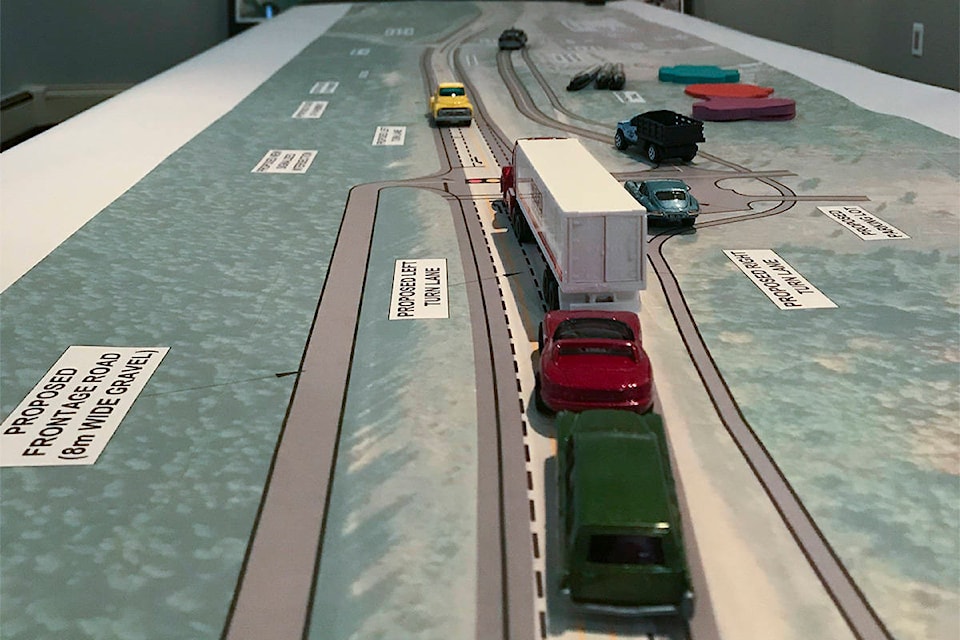The federal government pledged $13.2 million to the Yukon government for renovations to the Alaska Highway at a press conference held March 8 at the Museum of Transportation.
Minister of Highways and Public Works Richard Mostyn noted that the Alaska Highway is “an old highway and in need of some tender loving care,” including money, “just to keep us moving” along it.
It’s also the busiest highway in the Canadian North, of which the Whitehorse corridor is “the most critical leg.”
“Solid infrastructure is vital to northern communities,” said Yukon MP Larry Bagnell.
These renovations will help make the highway safer, both for Yukon residents and those passing through on their way to Alaska, said Bernadette Jordan, federal minister of rural economic affairs, who was in Yukon for the announcement.
Investing in this highway “helps Yukoners improve their own economic destiny,” she added.
These renovations include safety features like adding dedicated turning lanes in high-traffic areas, such as the Range Road expansion project, the first phase of which is slated to start in July. That work is scheduled to finish in three months and cost $4 million.
That work will see part of the current access road to the highway off Two Mile Hill closed off, Paul Murchison, director of transportation engineering for Yukon’s Department of Highways and Public Works, explained at a technical briefing following the announcement. Access from Sumanik Drive will be closed, making that spot a right-in-right-out. Range Road will be extended and a light-controlled intersection to the highway created near where the new city operations building is to be constructed. That intersection will have a new designated turning lane to improve traffic flow and the speed limit there will be reduced to 60 km/h.
The area will also see trail upgrades for pedestrians, to make accessing the area on foot safer, he added.
Murchison said the Alaska Highway access scheduled to be closed off is quite dangerous, with 14 access collisions — two with injury, 12 involving property damage — at that spot between 2010 and 2016.
The new intersection is intended to be safer, especially with the amount of large transport traffic which uses that corridor of the highway; 20 per cent of the traffic in that area is large vehicles, he said.
City buses — which, like all large vehicles, require more space than standard traffic — will be housed at the new city operations building, and the intersection was built with this increase in traffic flow in mind, Murchison said.
“There are really safe reasons for adding all these lanes,” he said.
The work on this busy stretch of road is being done during peak season, which will “of course” cause traffic delays in the area, Bagnell said. The work needs to be done and, given the “short construction season” which is simply a “fact of life” in the North, it’s unavoidable, he said.
A press release from the Yukon government notes there will be “minor traffic delays, noise and dust,” during the construction process, and that the Department of Highways and Public Works, “apologizes for these necessary inconveniences in advance.”
A second phase of the Range Road expansion project — a more complex one, Murchison said — is scheduled to begin in 2020. That project will run for two years and cost around $8 million per year, he said, with a total expected cost of around $15 million.
An open house to discuss the project with the public, particularly residents of the nearby community of Hillcrest, is scheduled this spring.
Contact Lori Fox at lori.fox@Yukon-news.com
